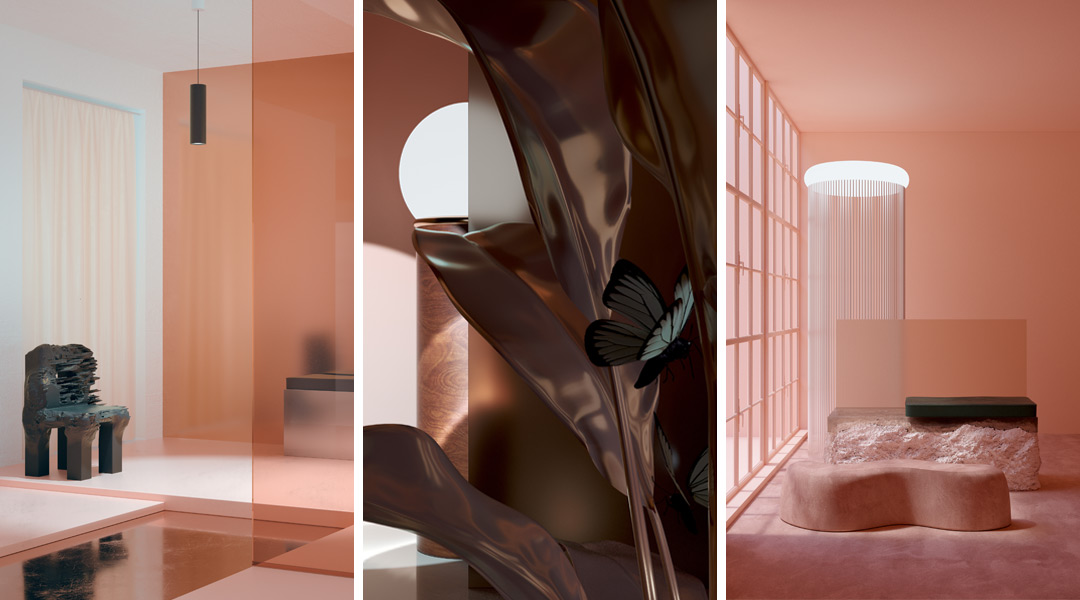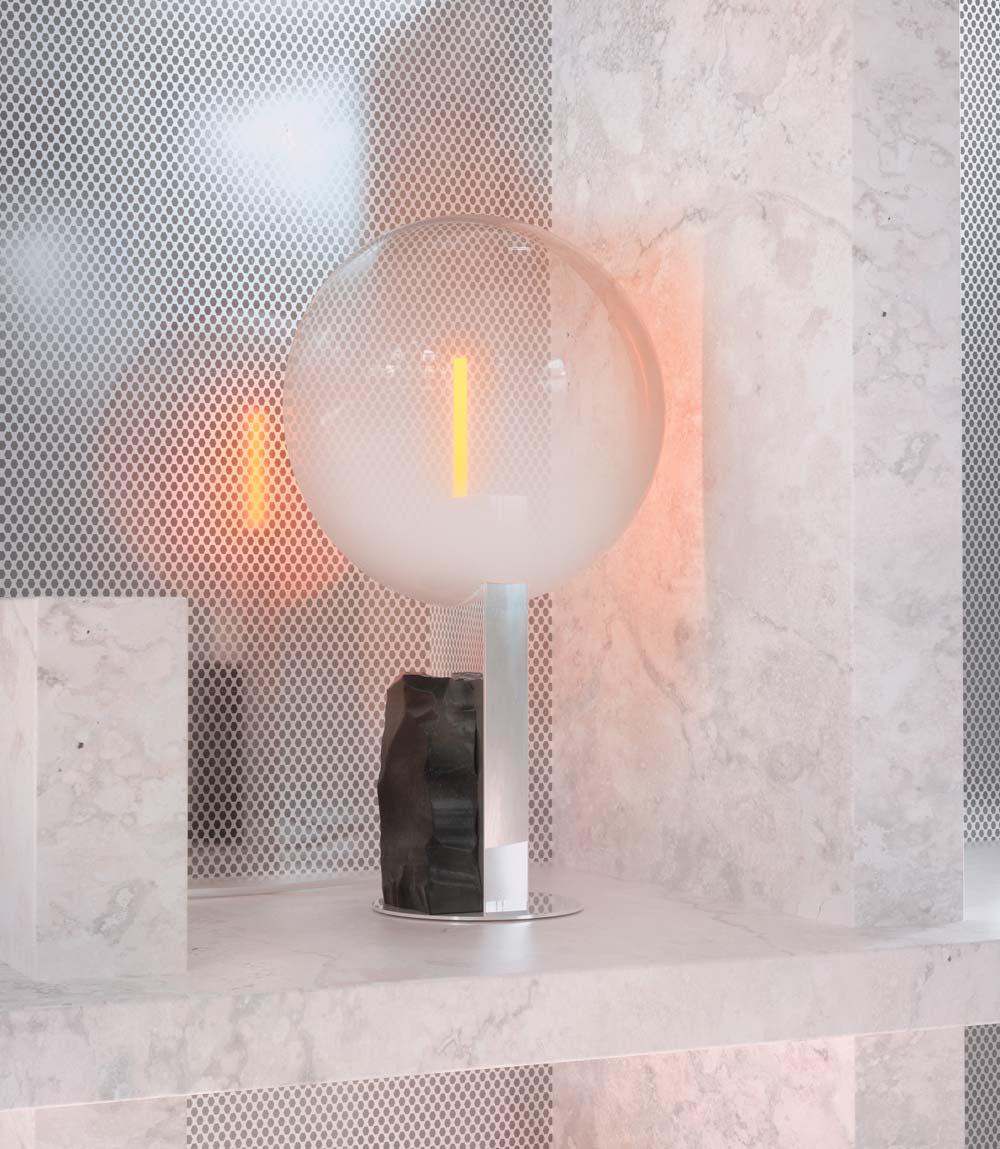
Step inside Studio Brasch’s A Lucid Dream in Pink

Studio Brasch, a creative studio founded by art director and image-maker Anders Brasch-Willumsen that revels in 3D visuals, completely transforms one’s impression of reality. Providing visionary brands innovatory direction and conceptual thinking, Studio Brasch carries a distinct design language that results in impactful imagery and forward-thinking moving images.
Creativity found Brasch-Willumsen at a young age, where he began drawing anywhere and everywhere, instinctively motioning towards graffiti that eventually made him to take up education in graphic design. During his time in school, he ventured out into other areas, specifically, illustration, photography, and various conceptual art projects. This exploration developed into an art direction in the design and advertising industry. With a vast portfolio and genuine adoration for the visual arts, Brasch-Willumsen created the studio and has since produced a palpable outlook on things, which brought about brand images, campaigns, moving images, set designs, among others. The intersection of reality and the digital realm is where Brasch-Willumsen experiments in, since his work involves various techniques and mediums concerned with unfamiliar spaces that are intentionally created to be explored.

“A Lucid Dream in Pink, Sleep Cycle No 1-7” follows a concept of a lucid dream translated into hyperreal renderings, where these esoteric settings trace the story of a dreamer who is, with full measure, able to distinguish between reality and fantasy. “One of the things that draw me to 3D rendering is how it allows me to freely imagine moods, places, and objects, and with careful work, see them being brought to life, right in front of me,” says Brasch-Willumsen.
For him, occupying a 3D room naturally permits the mind to roam freely, thus, bringing ideas into existence. Furthermore, Brasch-Willumsen was inspired to create this unequivocally original space after having a dream he had himself. “When I began working on this series, I got so much into it that I started to dream about it too. In the morning I would wake up with a fresh memory of last night’s dream, and I would start to visualize the objects and places that were part of the dream. This became a feedback loop where the night would inspire the day, and vice versa,” he mentions.

Highly defined by the accumulation of layers and the different tones in limpidity, “A Lucid Dream in Pink, Sleep Cycle No 1-7” introduces the potency of vivid dreams. It draws attention to velveteen leaves overflowing from the frame, and peach-colored terrazzo tiles that perform as backdrops for balloon-like lamps and furniture suitable for gallery spaces abound. “I have always been fascinated by dreams, and how they are usually vivid and full of emotion. I can recall even the smallest detail of a dream, hours after I have woken up. Therefore, my memory of a dream naturally turns into a source of inspiration, the kind of inspiration that no one else but myself would be able to find,” Brasch-Willumsen furthers into explanation.
The graphic representations of Brasch-Willumsen’s work is an artistic choice that deliberately pushes the viewer to look beyond the surface. He believes that his images engender a particularly strong emotional response for this very reason. In “A Lucid Dream in Pink, Sleep Cycle No 1-7,” one is offered the type of dream that Brasch-Willumsen may have had, where lucid engagements are transformed to meet certain aesthetic standards. ![]()
READ MORE: Bobby Mañosa: On loss, and those with lasting significance


